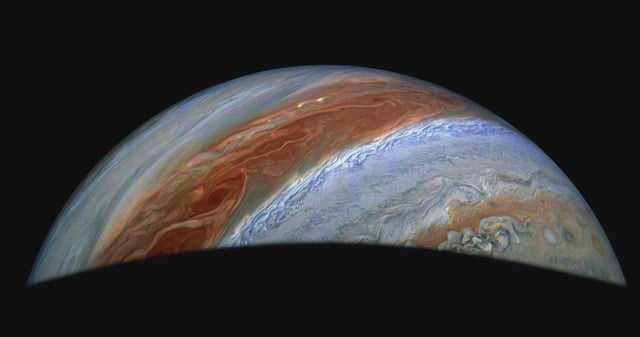Overview
- Juno’s latest data confirms a validated jet stream model and detailed cyclone dynamics at Jupiter’s north pole, showing oscillations caused by interactions between cyclones.
- Radio occultation experiments measured Jupiter’s north polar stratospheric cap to be 11°C cooler than its surroundings, with winds exceeding 100 mph.
- For the first time, Juno’s instruments revealed Io’s subsurface temperature profile, indicating roughly 10% of the moon’s surface contains cooling magma beneath its crust.
- The record-breaking volcanic eruption on Io, first detected in December 2024, remains active, with further monitoring planned during Juno's May 6 flyby.
- Juno’s extended mission continues to provide unprecedented insights into Jupiter’s atmospheric dynamics and Io’s volcanic activity, enhancing understanding of planetary processes.

